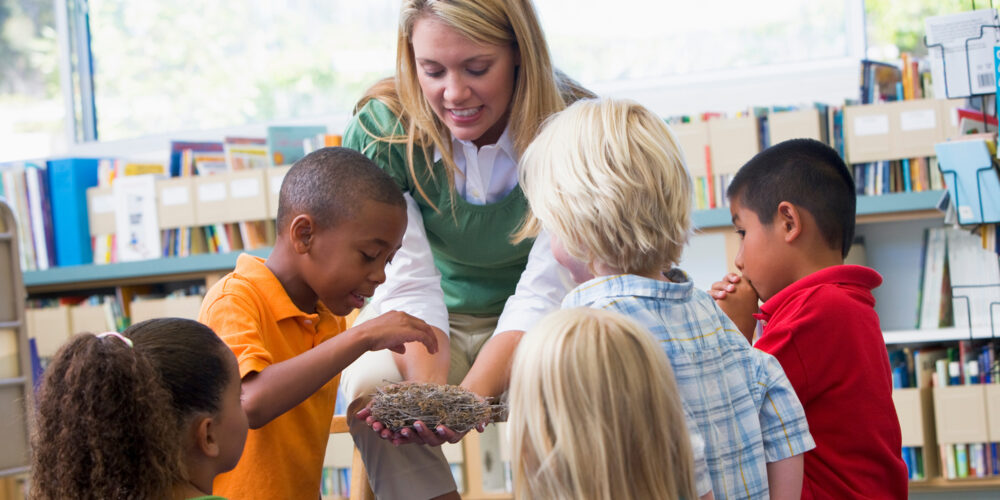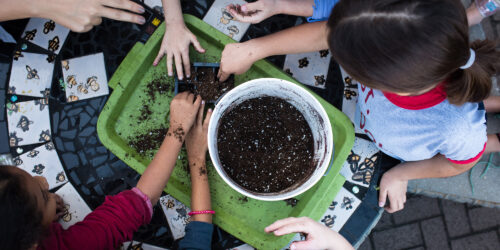
This is the second blog in a three-part series focused on small teacher actions that can significantly increase students’ ability to engage in sensemaking.
Sensemaking is the foundation for grade-level, engaging, affirming, and meaningful — GLEAM™ — science instruction. In the first blog of this series, we explained that phenomena are the anchor for sensemaking. We also presented a rationale for phenomena-based learning. In this blog, we consider the following: How do you plan with phenomena?
Phenomena are events students can figure out and explain using grade-level science. High-quality curricula use phenomena to develop intricate storylines, which weave multiple standards together over an entire unit. Developing these storylines and standards sounds like a daunting task for individual teachers to take on. However, teachers without such curricula can do the process on a smaller scale in a few simple steps. Let’s look at an example.
Ms. Fischer, a second-grade teacher, knows that for her three upcoming science lessons, her district’s science sequence has students focusing on standard 2-PS1-3: “Make observations to construct an evidence-based account of how an object made of a small set of pieces can be disassembled and made into a new object.” She’s decided not to follow the prescribed plan for students to combine drawings of shapes into different, larger combinations. Instead, she will give the learning more purpose.
While searching online for examples, Ms. Fischer finds ideas for students working with building blocks, Lincoln logs, puzzles, and animal nests made from various materials. Ms.Fischer considers what would be most intriguing for her students and recalls their recent interest in a read-aloud about birds in different habitats. She decides to center her lessons on nests.
Ms. Fischer then crafts the following questions so that her students can explore assembly and disassembly:
- Where do birds get the stuff they use to make nests?
- What happens to a nest when the birds don’t live there anymore?
- Are all nests built of the same thing?
By investigating these questions, her students will meet or exceed the standard.
Finally, Ms. Fischer curates activities for students to explore using science practices. She also plans debriefs to solidify their understanding. In an early activity, she gathers straw, string, and other supplies so students can try to assemble a model of a nest. Ms. Fischer facilitates a discussion where students work together to articulate commonalities and differences among the materials. She asks them what made a “good” nest and which materials worked best. She also helps them uncover the characteristics of the materials used in nest-building through discourse. Next, they’ll take their nests apart and build different nests with the same materials.
So, what steps would it take to replicate this process?
- Review the standard and articulate what students need to do or explain.
- Research options for phenomena for that standard. Select one that best aligns with the standard(s) and connects to student interests.
- Develop questions students could ask and investigate about this phenomenon to meet or exceed the standard. Draft open-ended questions with multiple correct responses that students can’t answer quickly or simply.
- Plan sensemaking activities for students to explore their questions and collect evidence using various science and engineering practices.
- Design reflection and discourse opportunities for students so that they can explain what they have figured out using evidence from the activities.
By adopting phenomena-based teaching, teachers encourage curiosity and understanding among students. And remember: phenomena don’t have to blow your students’ minds. The intent is to pique their curiosity. When students wonder more about the world around them and are prepared to learn how to explain it, they receive grade-level, engaging, affirming, and meaningful instruction designed to improve student outcomes. So, take that first step towards sensemaking and give phenomena a try.
In our next blog, we’ll provide additional tips for choosing the most effective phenomena for your students.
Ready to bring GLEAM science instruction to life?
UnboundEd supports educators in providing grade-level, engaging, affirming, and meaningful — GLEAM — science instruction. This type of instruction gives students access to rich and authentic opportunities to do and learn science. If you are looking for more information on GLEAM science instruction, be sure to check out our resource library!
If you are a science educator or school leader looking to increase student engagement and success with science, join us at Standards Institute™ or a Summit.
Please share this blog with other science educators in your orbit!
Read the Sensemaking Series

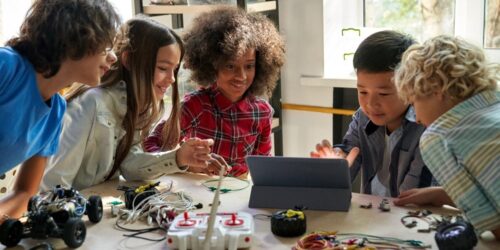
Making Sense of Sensemaking Part 3: Dialogue in Science
Next steps with GLEAM®
Choose the path that fits your team
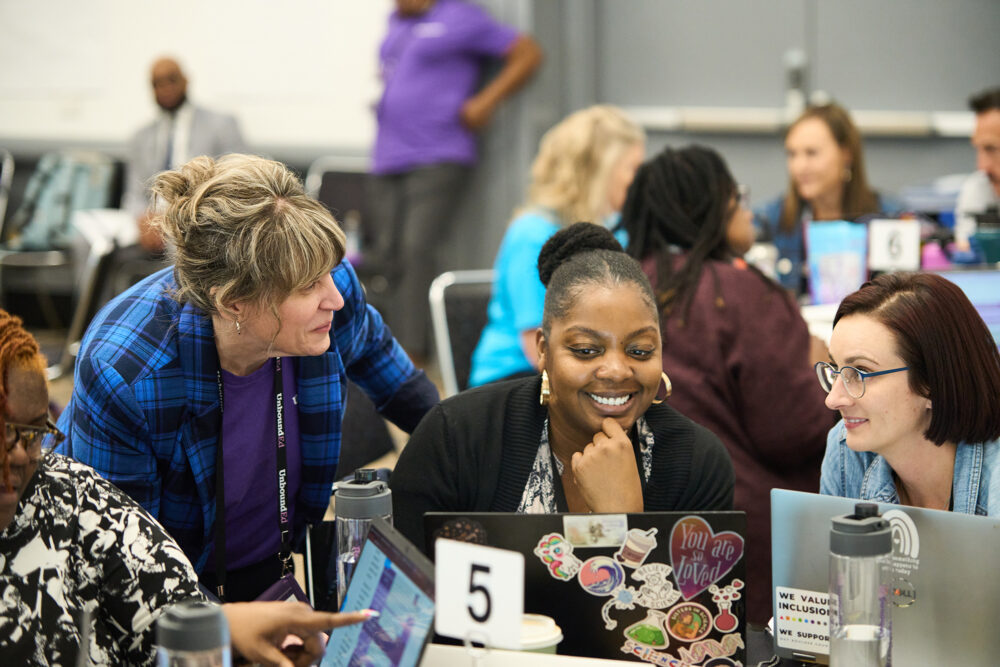
Standards Institute™
At Standards Institute, educators cultivate the mindsets, skill sets, and tools to provide grade-level, engaging, affirming, and meaningful instruction.
Learn More ➜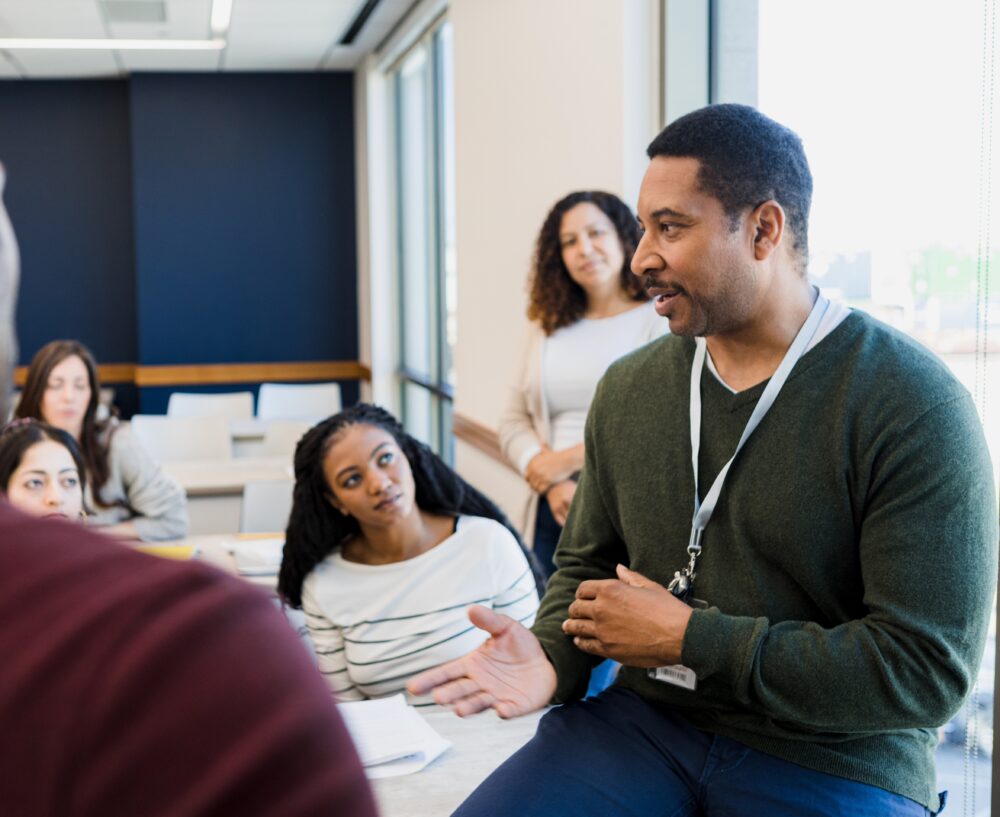
UnboundEd Summits
Accelerate your instructional vision and build educators’ skills and expertise with a virtual or on-site Local Summit.
Learn More ➜

In-Service Workshops
UnboundEd’s dynamic, hands-on workshops build educator capacity by focusing on timeless, cross-disciplinary instructional moves that drive effective instruction, rigor, and student empowerment.
Learn More ➜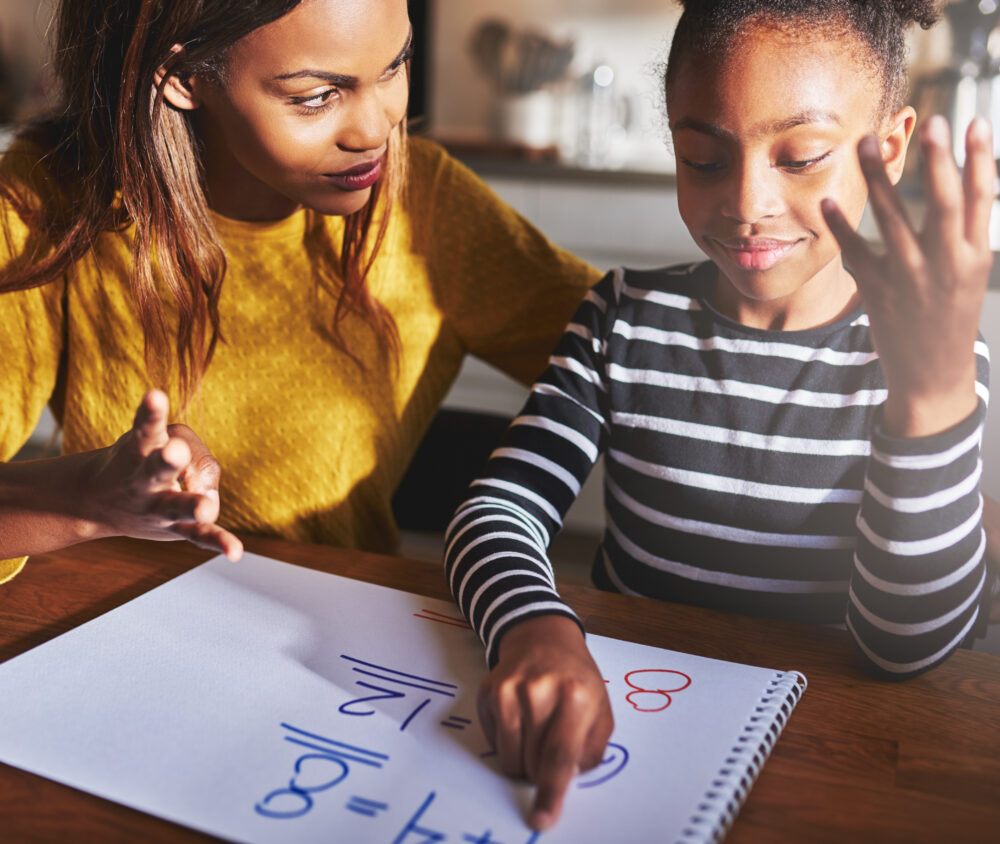
Online Math Academy
UnboundEd’s Online Math Academy courses enrich educators’ content knowledge and instructional practices to unlock all students’ math potential.
Learn More ➜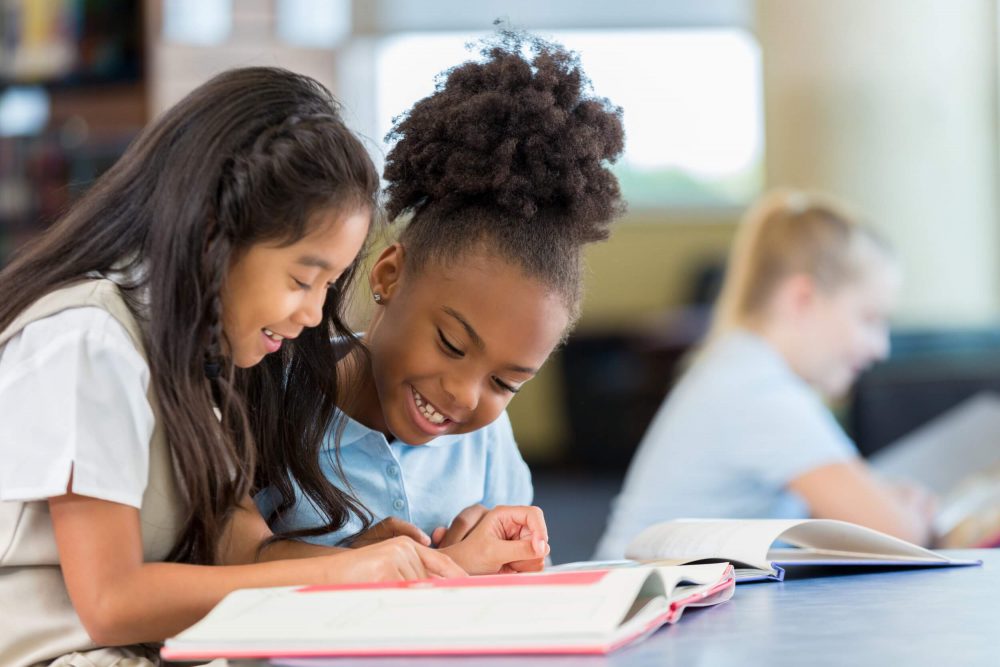
Curriculum Adoption
Ensuring quality materials are adopted and used effectively is crucial to improving outcomes and requires a strong instructional materials selection process. We’re here to share guidance and support on leading a rigorous and collaborative curriculum adoption process to select the right materials for your context and goals.
Learn More ➜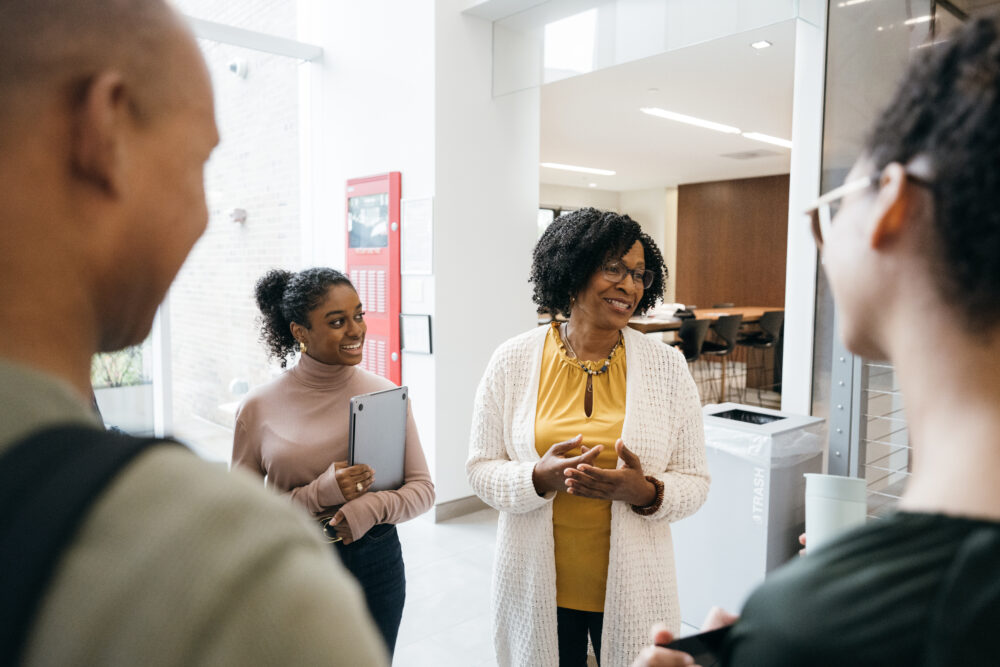
Curriculum Implementation
Just getting started, or need to get back on track? We work with you on a shared vision and an actionable plan for curriculum success.
Learn More ➜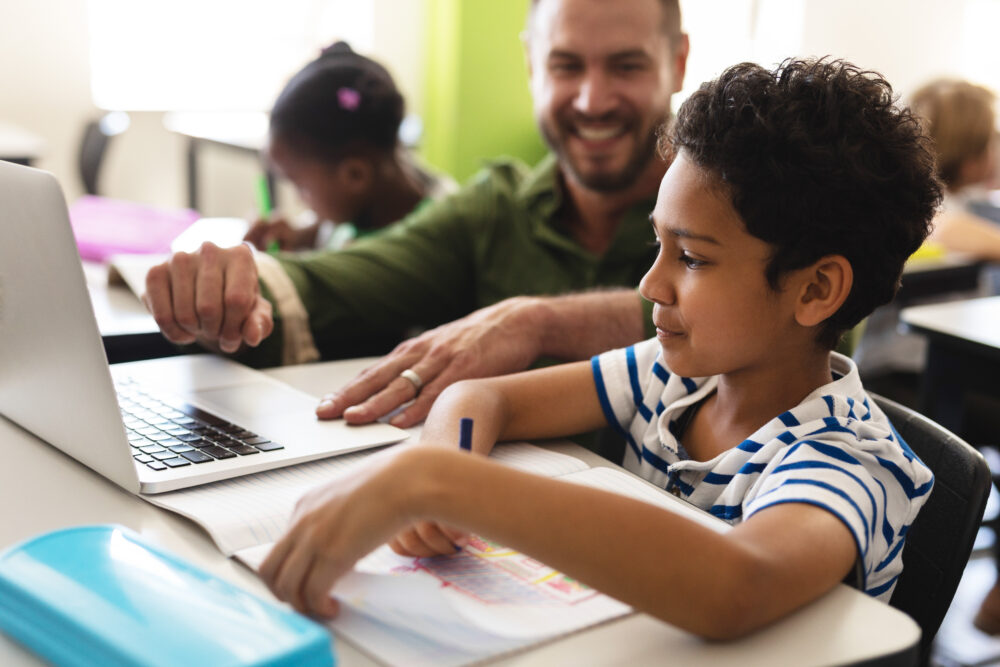
Literacy ReclaimEd
Improve literacy instruction and better meet the unique needs of every student.
Learn More ➜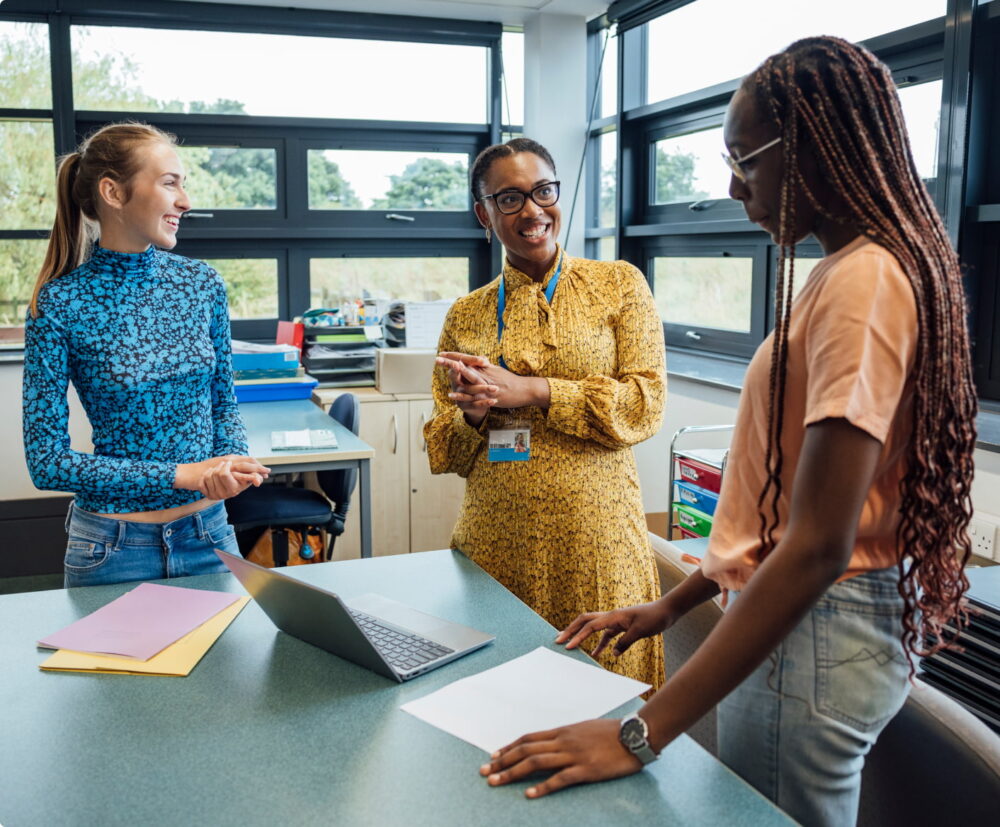
GLEAM® Inventory
Build your team’s understanding of grade-level, engaging, affirming, and meaningful –GLEAM®– instruction and transform how you serve all students in your district.
Learn More ➜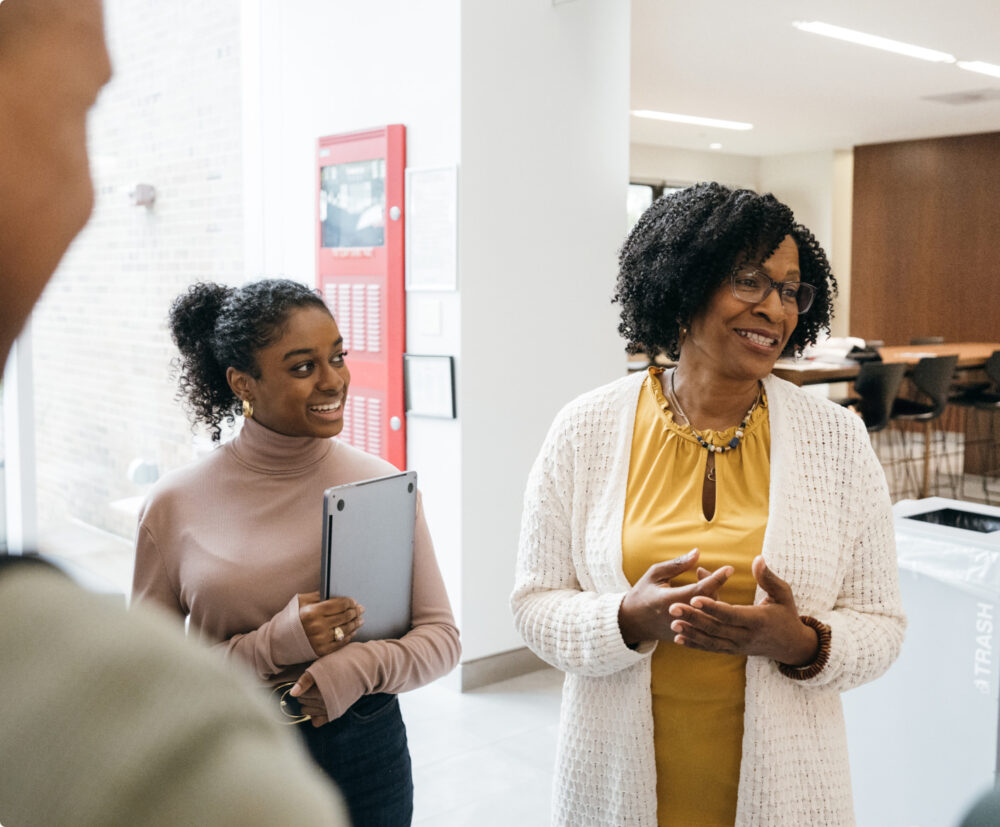
Speaking Engagements
Our experts offer inspiring, thought-provoking messages and conversations that will get your team thinking creatively about shifting mindsets and changing practice.
Learn More ➜
California Math Curriculum Adoption and Launch Cohort
Prepare to adopt and launch high-quality mathematics instructional materials with no-cost, grant-funded support from UnboundEd.
Learn More ➜